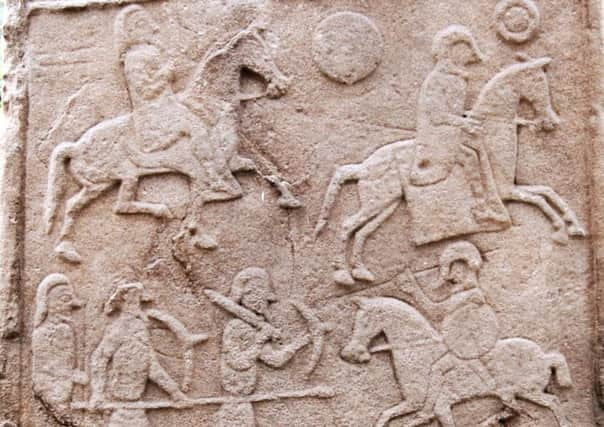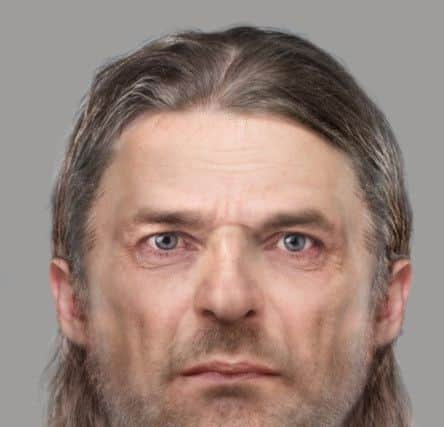Face of ancient Pictish man digitally reconstructed


The striking image of this ancient man has been created as part of a wider archaeological project examining the area where the Pict’s remains were originally found in Blair Atholl more than 30 years ago.
In 1986 a long cist burial was uncovered at Bridge of Tilt which contained the skeleton of a man who had died in his forties. Analysis of his bones suggested that he was used to hard work, but the nature of his burial suggests he may have been someone of importance.
Advertisement
Hide AdAdvertisement
Hide AdThe burial has been dated to 340 –615 AD and is one of the earliest Pictish graves discovered.


Guard Archaeology, with support from Historic Environment Scotland, worked with local community groups to undertake further investigations and analysis based on the burial.
As part of the scheme the firm worked with forensic artist Hayley Fisher to create a digital reconstruction of the man found at Bridge of Tilt.
Picts were known to Romans as the “painted people” - a half-naked enemy who dominated large parts of modern-day Scotland for nearly 600 years.
While the first mention of the Picts was made by a Roman chronicler in 287, no written record of them exists from around 900 onwards.


What is known is that Kenneth MacAlpin, king of the Gaelic-speaking kingdom on the Argyll coast, made claims to the kingdoms of the Picts some point between 839 and 848 - a move which ultimately unified the tribes under the Kingdom of Alba.
Kenneth’s rule over the Picts came after the brutal 839 Viking attack on the Pictish kingdom of Fortriu, centred on modern-day Moray, which left the king Eóganan mac Óengusa, his brother Bran and the King of Dalriada dead. A power vacuum was left, which Kenneth swiftly moved to fill.
Advertisement
Hide AdAdvertisement
Hide AdGuard Archaeology will be leading fieldwork in Blair Atholl over the weekend of 18 – 21 August, an event which is open to volunteers. Archaeologists will be on hand to offer guidance to volunteers on historical research, geophysical survey and trial trenching.